How Do Runway Conflict Alert Systems Work?
Simple Flying
JANUARY 4, 2025
A year ago, Japan Airlines flight 516, a domestic flight from Sapporo to Tokyo , was on its final approach to the capitals Haneda airport shortly after sunset.
This site uses cookies to improve your experience. To help us insure we adhere to various privacy regulations, please select your country/region of residence. If you do not select a country, we will assume you are from the United States. Select your Cookie Settings or view our Privacy Policy and Terms of Use.
Cookies and similar technologies are used on this website for proper function of the website, for tracking performance analytics and for marketing purposes. We and some of our third-party providers may use cookie data for various purposes. Please review the cookie settings below and choose your preference.
Used for the proper function of the website
Used for monitoring website traffic and interactions
Cookies and similar technologies are used on this website for proper function of the website, for tracking performance analytics and for marketing purposes. We and some of our third-party providers may use cookie data for various purposes. Please review the cookie settings below and choose your preference.

Simple Flying
JANUARY 4, 2025
A year ago, Japan Airlines flight 516, a domestic flight from Sapporo to Tokyo , was on its final approach to the capitals Haneda airport shortly after sunset.
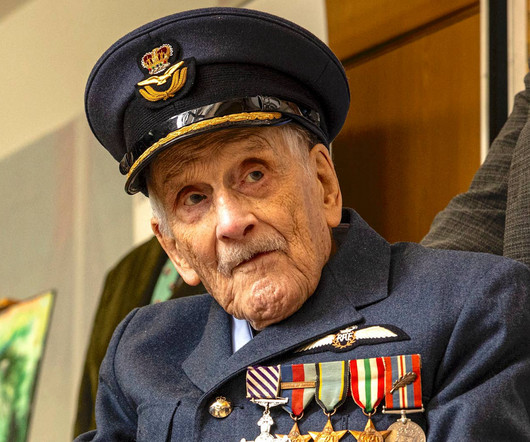
AV Web
MARCH 19, 2025
The February 25 incident saw Southwest Flight 2504 (SWA2504) on final approach execute a last-minute go-around from just above the surface as the Challenger taxied across Runway 31C directly in its path.
This site is protected by reCAPTCHA and the Google Privacy Policy and Terms of Service apply.
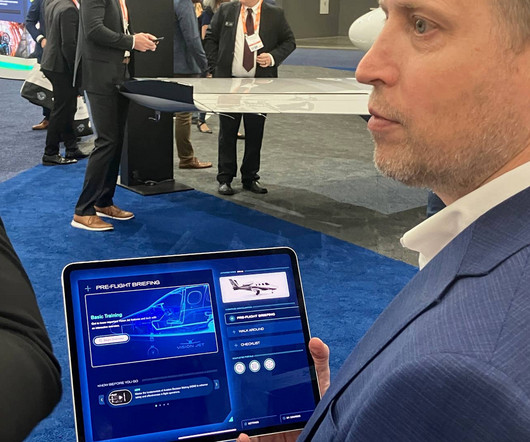
AV Web
OCTOBER 24, 2024
The controller informed them about another aircraft waiting on the runway, stating that it would take off before the King Air’s arrival, and subsequently issued a landing clearance for runway 33. The King Air was less than one mile from landing on the runway when American received clearance to takeoff.
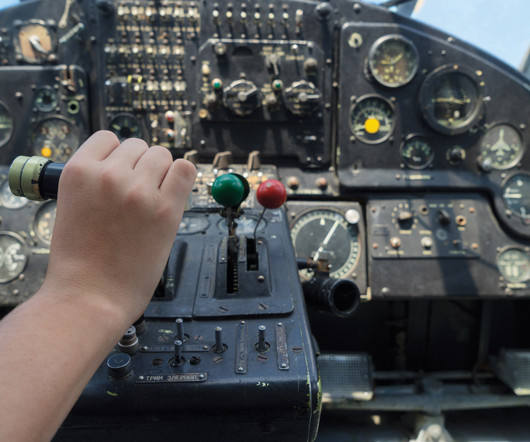
Plane and Pilot
FEBRUARY 28, 2025
To cope with these challenges, airline glass flight decks contain a vertical navigation function (VNAV) that keeps the autopilot, and the crew, on the right path to arrive at the final approach fix, or downwind leg, at speed and on altitude. A towered airport with an approach control can make this quite easy. When to Start Down?
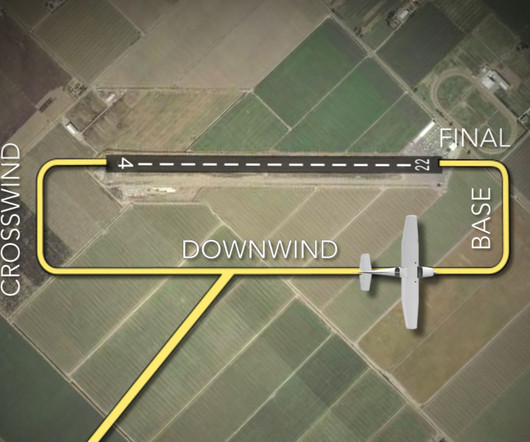
Flight Training Central
MAY 28, 2024
a long straight in final approach to the active runway. Which approach and landing objective is assured when the pilot remains on the proper glidepath of the VASI? Safe obstruction clearance in the approach area. VFR approaches to land at night should be accomplished with a steeper descent. Pilot in command.

Air Facts
FEBRUARY 10, 2025
“The instrument conditions, likely turbulence, and increased workload imposed by beginning the approach phase of the flight presented a situation that was conducive to the development of spatial disorientation and a loss of situational awareness. Communicate sounds self-explanatory, and it mostly is.

iPad Pilot News
MARCH 11, 2025
Runway Final Approach Alert – Alerts when approaching any runway, based on altitude, vertical speed, track, and when within 4 nm of the runway threshold. Traffic On Short Final – Alerts w hen on a runway, and ForeFlight detects another aircraft on a short final approach to that runway.
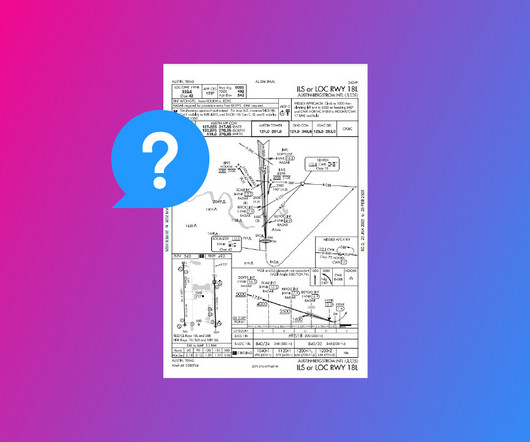
Pilot Institute
FEBRUARY 22, 2025
When you cross the IAF, you enter the initial approach phase. Some initial approaches lead directly to the final approach. Many approaches have fixes in between called Intermediate Fixes (IF). Flying at MSA guarantees at least 1,000 feet of obstacle clearance. If present, the plan view will label them as IF.
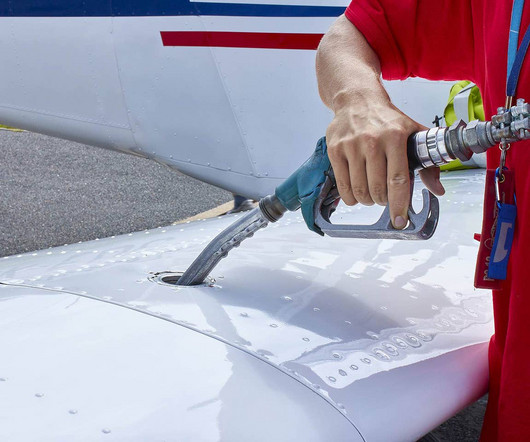
AV Web
SEPTEMBER 9, 2024
Just as Flight “123” on the left gets its clearance to push back from the gate, a flight attendant informs the captain that there is a lady in the aft lavatory who has collapsed and is unresponsive. The captain informs ground control, who cancels their pushback clearance and advises that they will send emergency services to the gate.

Air Facts
MAY 10, 2024
If you depart MDA on the downwind or base leg, you’re on your own as far as obstacle clearance. What speed on final approach? Be fully configured and on speed prior to receiving landing clearance. What are the criteria for a Missed Approach Command? Is the Missed Approach altitude at or above the MDA?
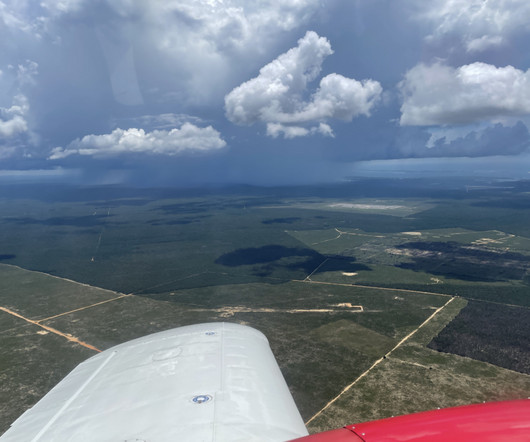
Flight Training Central
FEBRUARY 29, 2024
Gone are the days of making an educated guess on a route, only to have ATC respond with a full route clearance with intersections and airways. It now takes only a moment in ForeFlight, Garmin Pilot or FltPlan.com to enter a departure and destination airport and then see recently issued clearances to other aircraft flying the same route.
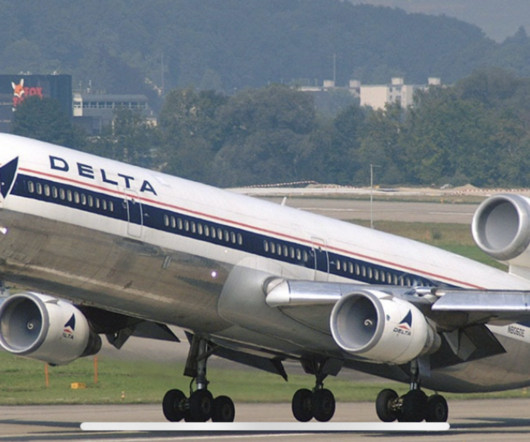
Air Facts
MAY 20, 2024
The Captain determined that I would be the pilot flying our MD-11 home that night After takeoff, we settled into our normal routine getting the oceanic clearance from Tokyo and heading out over the Pacific at 34,000 feet. This would work great for me as I would get the highly desired middle break during our 10 hour flight home.

Pilot Institute
OCTOBER 17, 2024
The Visual Approach Slope Indicator (VASI) is a Visual Glide Slope Indicator (VGSI) placed near a runway to help you land safely. Using the VASI is crucial as it gives you safe obstruction clearance within 10 degrees of either side of the runway centerline and around four nautical miles from the runway threshold. nautical miles.
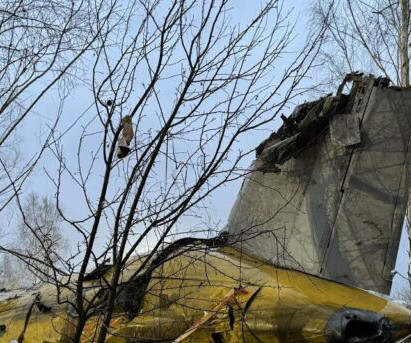
Fear of Landing
DECEMBER 13, 2024
On the 25th of November 2024, a Boeing 737-400 crashed on final approach to Vilnius airport with one fatality. At 03:28 UTC, ninety minutes into the flight and on final approach to Vilnius, the aircraft crashed near Liepkalnis Hill. One pilot was killed in the crash, the other three suffered serious injuries.
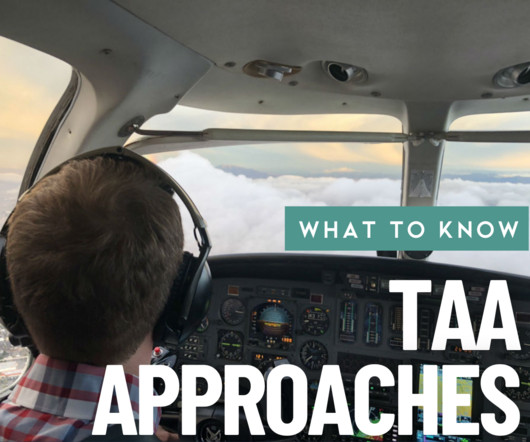
Flight Training Central
OCTOBER 28, 2024
Here, the T-design includes two initial approach fixes that follow a straight-line that is perpendicular to the intermediate course segment which connect at the dual-purpose fix, ULUFA. ULUFA functions as both an intermediate fix, and an initial approach fix, denoted IF/IAF on the chart.

Pilot Institute
FEBRUARY 15, 2025
You wont find any mention of LP+V on an approach plate. LP+V approaches dont always account for obstacle clearance, so theyre not an officially protected procedure. LNAV/VNAV Approach LNAV/VNAV stands for Lateral Navigation/Vertical Navigation. on the final approach. Dont confuse it with LPV.
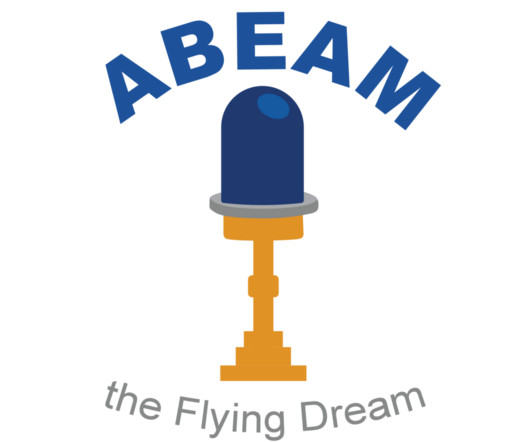
ABEAM
JULY 5, 2024
In Kuwait, we were told to expect the ILS of runway 33R approach, but when getting near to the ILS, Approach kept us high and even vectored us through the final approach course. Finally they vectored us again onto the localiser and we received a very late landing clearance from Kuwait Tower about 2 miles out.
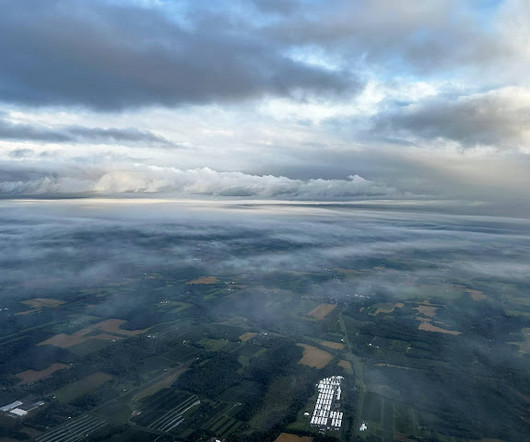
Photographic Logbook
SEPTEMBER 24, 2023
We departed Sodus VFR and contacted Rochester Approach for our instrument clearance. As we maneuvered for the approach, we passed through an invisible rain shower in the darkness of sufficient vigor that the sound of rain ticking on the windshield penetrated our headsets. All went according to plan. Ground team!
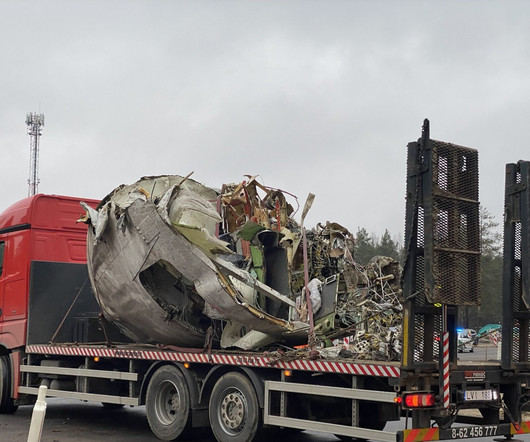
Aerotime
APRIL 2, 2025
After discussing the correct frequency with the co-pilot, the captain switched frequencies and successfully reached Vilnius at 03:10:11 local time, receiving clearance to descend. At 03:26:15, the aircraft entered the final approach phase. At 03:09:56, the captain made another attempt to contact Vilnius ACC.
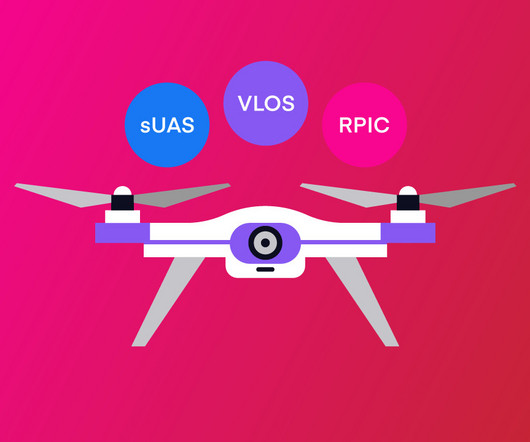
Pilot Institute
MARCH 6, 2025
In contrast to a control tower, an FSS is not responsible for giving instructions or clearances to aircraft. This means that the weather provides enough visibility and cloud clearance for pilots to navigate and maintain separation using visual cues. It consists of two independent components VOR and TACAN.

Photographic Logbook
JULY 9, 2024
Exactly like NYC, downtown Boston is encircled by restrictive Class Bravo airspace down to the surface that requires explicit clearance to enter. November Four Eight One, continue inbound, you'll get your Bravo clearance from Tower." Continuing our orbit of the city, we approached the Inner Harbor. I was a little nervous.
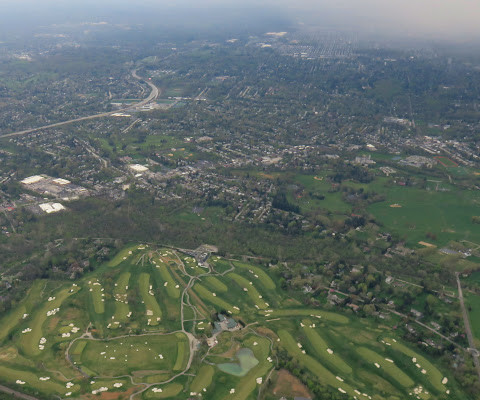
Photographic Logbook
APRIL 19, 2024
I intercepted the approach course and after a few moments, reached the final approach fix at JUNIA. April 19: Excessive Clearance At the conclusion of the conference, John and I walked back to the Windsor Suites, retrieved our bags ("That bag is so cute !" Rain was forecast for Northeast Philadelphia Airport all along.
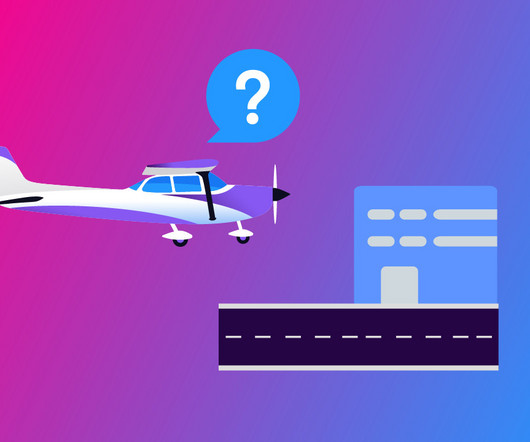
Pilot Institute
DECEMBER 19, 2024
Follow procedures when requesting an SVFR clearance or departing a non-towered airport. Final approach: This is the straight path leading to your landing. You can contact Flight Service, but they cannot give you an SVFR clearance. Runway incursions are caused by lapses in awareness and communication.

Photographic Logbook
JULY 11, 2024
But I accepted the clearance knowing that I could change it with a local Approach control like Syracuse. Once on with Syracuse, I decided to rectify the inefficient routing at the end of my instrument clearance and requested direct to Sodus from the Syracuse VOR. This was even better than I requested.

Charles Ryan's Flying Adventure
AUGUST 2, 2024
Almost there now, we had to wait for an arrival before given the clearance to depart. At this point, we were on final approach. These are Indigo's grounded A320neo aircraft waiting for engine repairs and replacement. Just a few more mins to the runway. Fellow A321neo started rolling down the runway. Almost there!
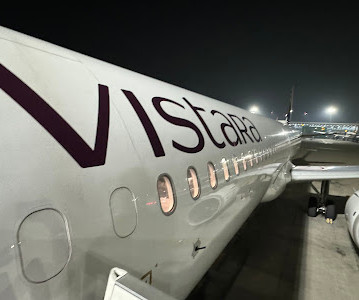
Charles Ryan's Flying Adventure
OCTOBER 15, 2024
There was a bit of queue waiting for clearance to enter the terminal. In my head - It's time for me to go home and that's it), before finally given me the clearance to leave the country. Window view photos (Take Off to Landing) We waited for clearance to push back. On final approach onto runway 20R.
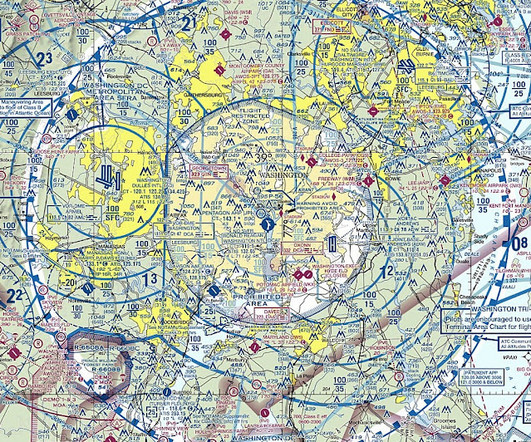
Photographic Logbook
OCTOBER 10, 2023
When I contacted Rochester Approach, the controller came back with, "Are you looking for your clearance to College Park?" I answered in the affirmative, received my clearance, and was given a climb to 6,000 feet as the rain streaked over my windscreen. Shouldn't he have my full clearance? Welcome to College Park!"
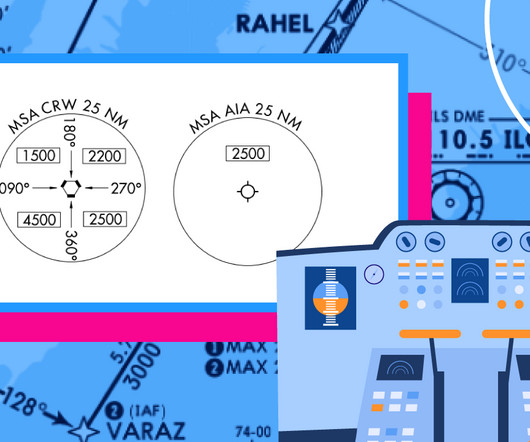
Pilot Institute
MAY 1, 2024
The briefing information section contains the most important elements of the approach, including: NAVAID and communications frequencies. Final approach course. Approach notes. Missed approach procedures. The plan view shows a top-down look at the approach path and includes: Courses and radials.

Photographic Logbook
JULY 7, 2024
So far, everything had gone smoothly for us and, before long, I had my instrument clearance to Beverly, an assigned departure runway (02 with an intersection departure at taxiway Alpha), and a taxi route. That Lancair doesn't have a clearance and should yield to you," indicated Beverly Ground.

ABEAM
SEPTEMBER 9, 2023
After some vectoring by Green Bay approach, we were cleared for the RNP runway 30 approach at Appleton. While on final approach, we received for the first time in my flying life a Land-and-hold-short clearance (LAHSO) on runway 30 before runway 21. Visibility was not good due to the smoke from bush fires in Canada.
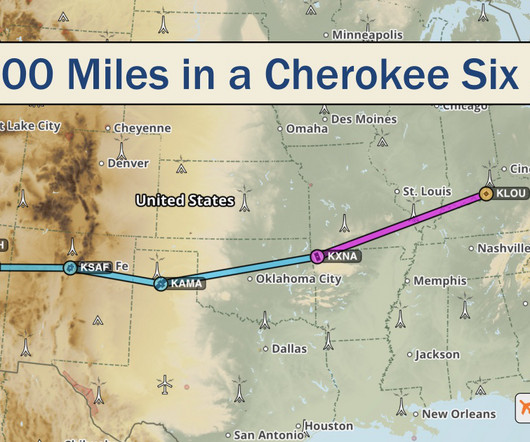
AeroSavvy
AUGUST 20, 2021
Phoenix Approach Control gave us a few delay vectors before turning us onto final approach. It’s technically an IFR procedure, but can be used by any pilot to assure clearance from obstacles. It’s very similar to the obstacle departure procedure and, like the ODP, guarantees clearance from obstacles.
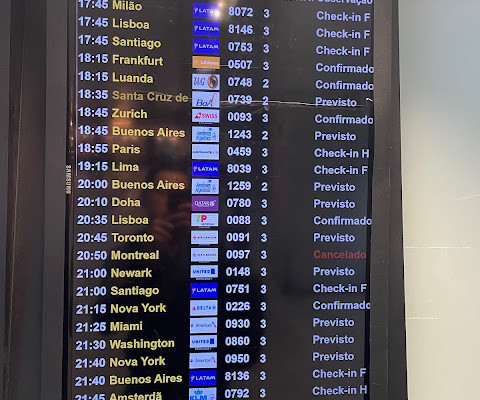
Charles Ryan's Flying Adventure
SEPTEMBER 29, 2023
We waited for another 10 minutes before finally given the clearance to board the aircraft, I wonder what was the cause of the delay. At this point, we were on final approach to runway 31L. Fortunately, I was cleared to go but the delay didn't matter at all as I saw other travellers waiting at the aerobridge.

Charles Ryan's Flying Adventure
MARCH 28, 2024
Below) We were on final approach to runway 27L. It took us about 15 minutes to reach the automated machines for clearance into the country. We followed the traffic east into London which allows to enjoy some view of the city. At this point, it was slightly turbulence as we flew through some low ceiling clouds.

Photographic Logbook
JULY 21, 2024
None of us were confident that the New York Approach controller from our inbound flight to Orange County would be particularly helpful in arranging flight following or a Bravo clearance. We departed on a more southeast heading to ensure clearance with Stewart International's class Delta airspace. Scott followed in Eight One Six.
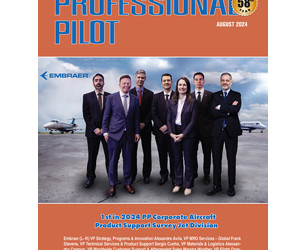
Professional Pilot
AUGUST 8, 2024
Challenger 604, G-IV Contributing Writer Pilatus PC-12 on approach at ORL. Air traffic control instructions often lead to unstable approaches. The request to make a short approach or maintain a higher-than-normal speed to the final approach fix is the most common reason pilots don’t meet stable approach criteria.

Photographic Logbook
OCTOBER 11, 2024
Off Sodus, I briefly leveled at 2,500 feet to remain visual until I received my instrument clearance from Rochester Approach. Fortunately, the clearance was a simple one that morning because I was absurdly tongue tied while talking to Rochester. No wonder I got bounced around so much on final approach this morning , I thought.

Flight Training Central
FEBRUARY 5, 2024
Doing so will boost your confidence and will force you to practice managing cockpit resources while adhering to IFR clearances. It also makes it easier to culminate your flights (even in VMC) with an approach. And if you don’t have a mental checklist for “in-range” or at final approach fix inbound, start developing one now.
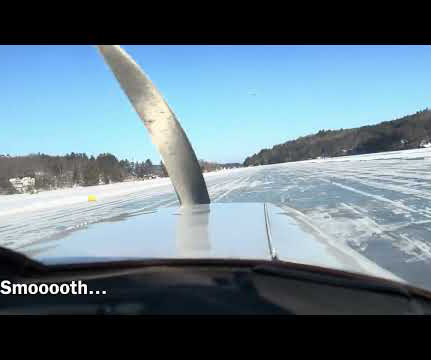
Photographic Logbook
JANUARY 25, 2025
Rolling out on final approach, I was surprised to see another airplane stopped right at the runway threshold. Pilots approaching the runway for take off cannot see aircraft on final approach behind and above them. Syracuse Approach was extremely helpful in assisting us as we picked our way through the weather.
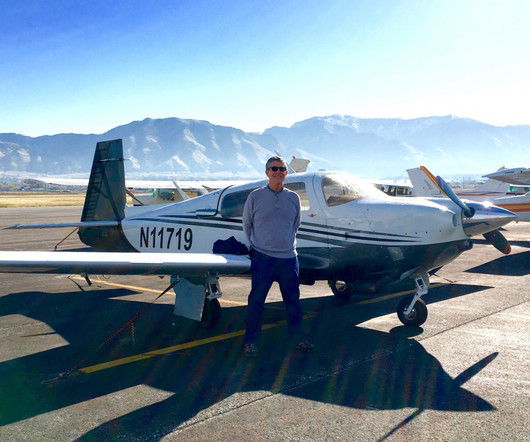
Air Facts
APRIL 29, 2024
This necessitated slowing the airplane down to leave the vertical space to descend another 2,000’ to reach the initial approach fix (IAF) at 2,000′ I requested a descent to the IAF altitude of 2,000’ but was only cleared to 3,000’. ” As I broke out of the clouds on the final approach course, I flew about 1.5

Plane and Pilot
AUGUST 8, 2024
Go around Abandon approach to landing; additional instructions often follow Have numbers Used by pilots to inform ATC that they have runway, wind, and altimeter information only Hold short Do not cross Ident Activate transponder identification feature LAHSO Land and hold short Make short approach Alter traffic pattern to shorten final approach Mayday (..)

Photographic Logbook
AUGUST 5, 2023
A ragged cloud layer hung low over the Williamson Sodus Airport, but we climbed VFR through sizable gaps over Lake Ontario before turning on course above the clouds and picking up our IFR clearance with Rochester Approach. To some, negotiating the clouds VFR and going IFR in severe clear weather might seem like a backward strategy.
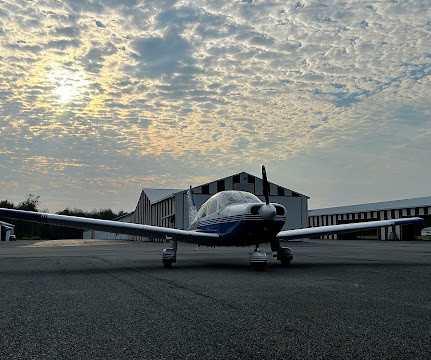
Photographic Logbook
AUGUST 20, 2023
Because of trees encroaching on the final approach courses, nighttime instrument procedures are no longer authorized at my airport. Without guidance, I flew a high and steep approach to runway 28 to ensure clearance with the treetops lurking invisibly in the darkness.

Plane and Pilot
AUGUST 8, 2024
Go around Abandon approach to landing; additional instructions often follow Have numbers Used by pilots to inform ATC that they have runway, wind, and altimeter information only Hold short Do not cross Ident Activate transponder identification feature LAHSO Land and hold short Make short approach Alter traffic pattern to shorten final approach Mayday (..)

Photographic Logbook
AUGUST 3, 2024
We departed from Sodus VFR, picked up our IFR clearances in the air, and proceeded direct to St Clair County Airport (KPHN) just on the Michigan side of the border with Canada. Diversion Date Aircraft Route of Flight Time (hrs) Total (hrs) 03 Aug 2024 N21481 SDC (Sodus, NY) - HYX (Saginaw, MI) 2.7
Expert insights. Personalized for you.
We have resent the email to
Are you sure you want to cancel your subscriptions?


Let's personalize your content